Across all distances of triathlon and now in road racing, Joe Byrne has consistently pushed out of his comfort zone in search of bigger challenges. Along the way, he’s proven how smart training and racing strategies can conquer any obstacle.
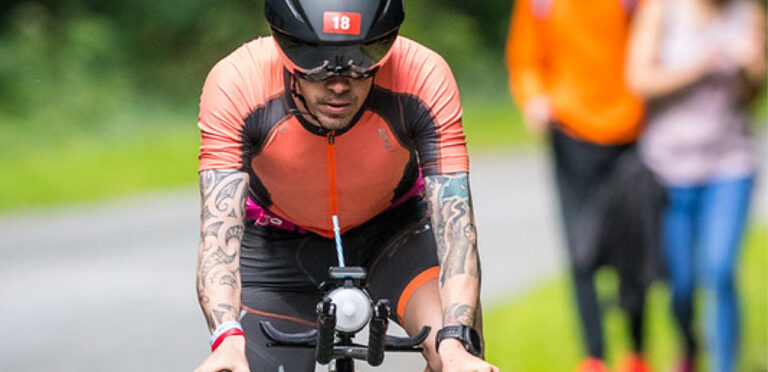

Across all distances of triathlon and now in road racing, Joe Byrne has consistently pushed out of his comfort zone in search of bigger challenges. Along the way, he’s proven how smart training and racing strategies can conquer any obstacle.
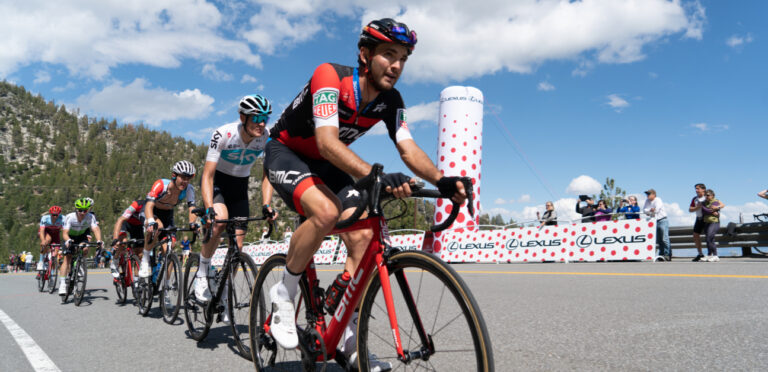
Road Racing is one of the most diverse and challenging disciplines in cycling. These events take many forms, and require a specific mix of skills and fitness. This article will explain the most common types of road racing, and consider how you can target your training for success in these events.
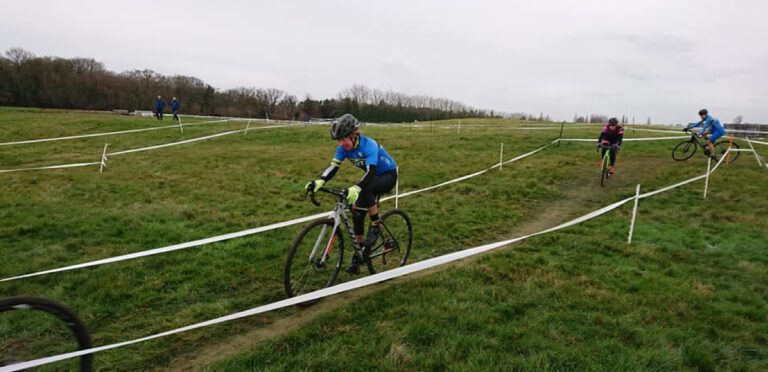
Lydia Gould, a 64-year-old cyclist with a history of impressive accomplishments, thought she was “too old to improve” before she signed up for TrainerRoad. But over three months, she raised her FTP by thirty watts, turned VO2 Max work from a weakness into a strength, and added more race victories.
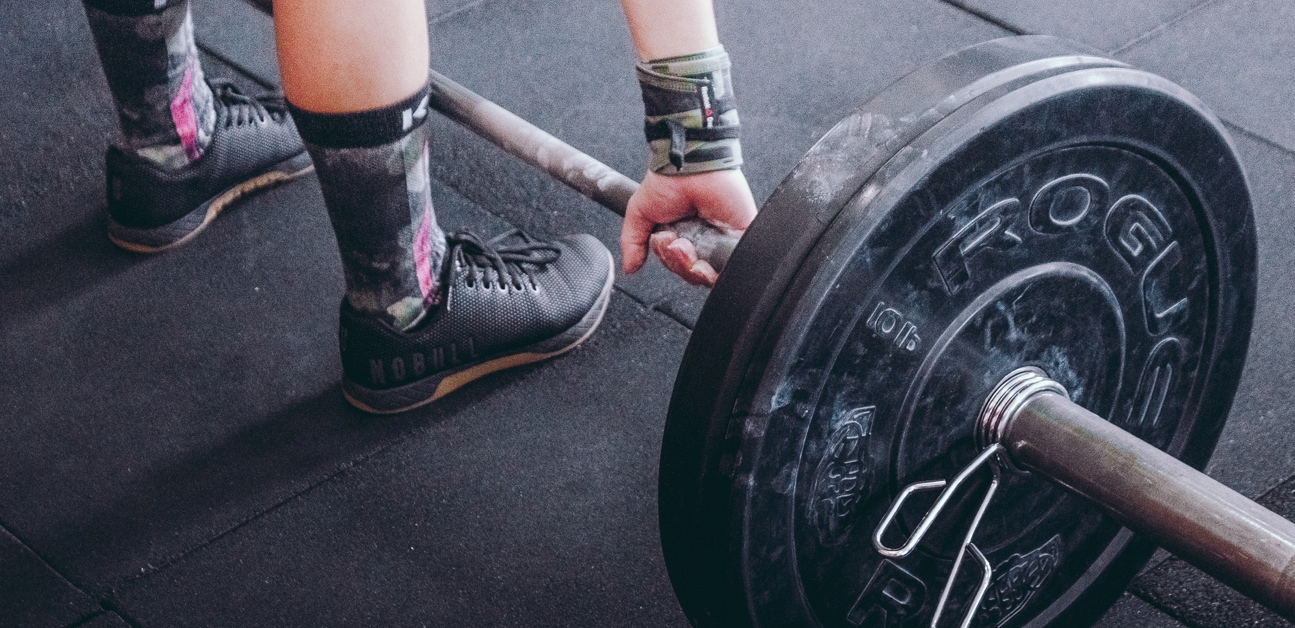
Cyclists ask a lot of their muscles, but not all muscle is the same and different muscle types function in different ways. Let’s examine muscle types and consider how building muscular strength can make you faster.
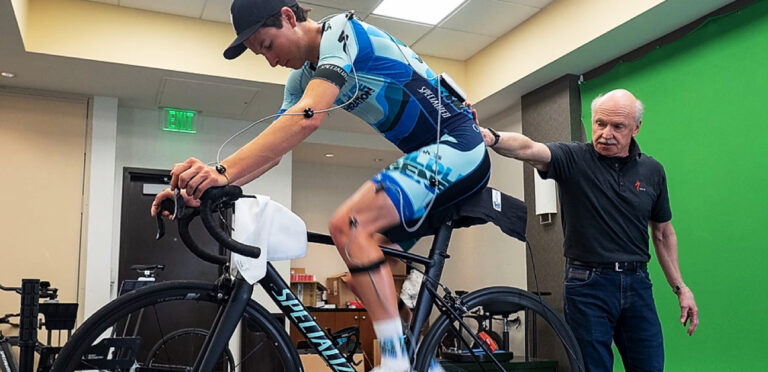
Dr. Andy Pruitt is the world’s top expert on bike fitting, with over 40 years of experience. We sat down with Dr. Pruitt for a wide-ranging conversation on all things fit-related.
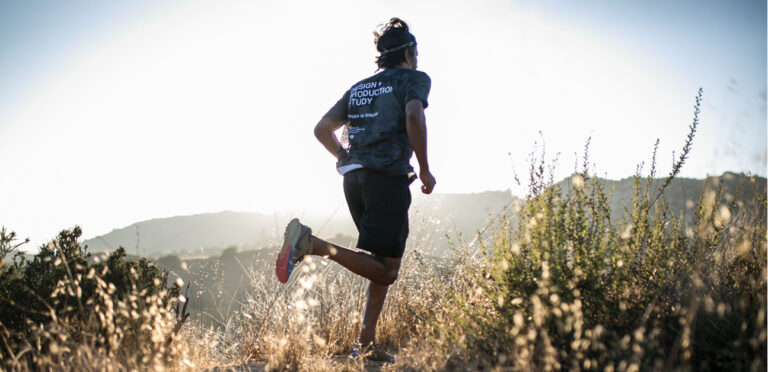
Sometimes maintaining a consistent training schedule is easier said than done. When you’re struggling to keep your training on track, trying some new strategies can help. Here’s what five successful athletes have done to maintain a consistent workout regimen and keep their training consistent from one goal to the next.

Caffeine is the world’s most popular drug, and is closely associated with cycling culture. Should you be incorporating caffeine into your training in a more deliberate way?

The difference between your VO2 Max power and Max 1 minute power, how to get the most benefit from your training zones, why training can make you lightheaded and more in Episode 267 of the Ask a Cycling Coach Podcast.

Interval training is the best way to become a faster cyclist. By selectively training specific energy systems, you can make the most of your training time. With so many types of intervals, choosing what to do can be a bit overwhelming. In this article, we’ll cover the ins and outs of interval training.

For many cyclists, short, high-intensity efforts are fairly comfortable and cause little fatigue. These riders may be tempted to train only with short intervals, even if their goal events require more sustained power. For reasons both physiological and psychological, this isn’t the most beneficial path.